Aurelian: Restorer of the World and Savior of a Fractured Empire
Aurelian rose from the ranks to stitch a broken empire back together. In five relentless years he beat back invaders, reunited provinces, fortified Rome, reformed money, and crowned the restoration with Sol Invictus—a brief reign, a durable repair.
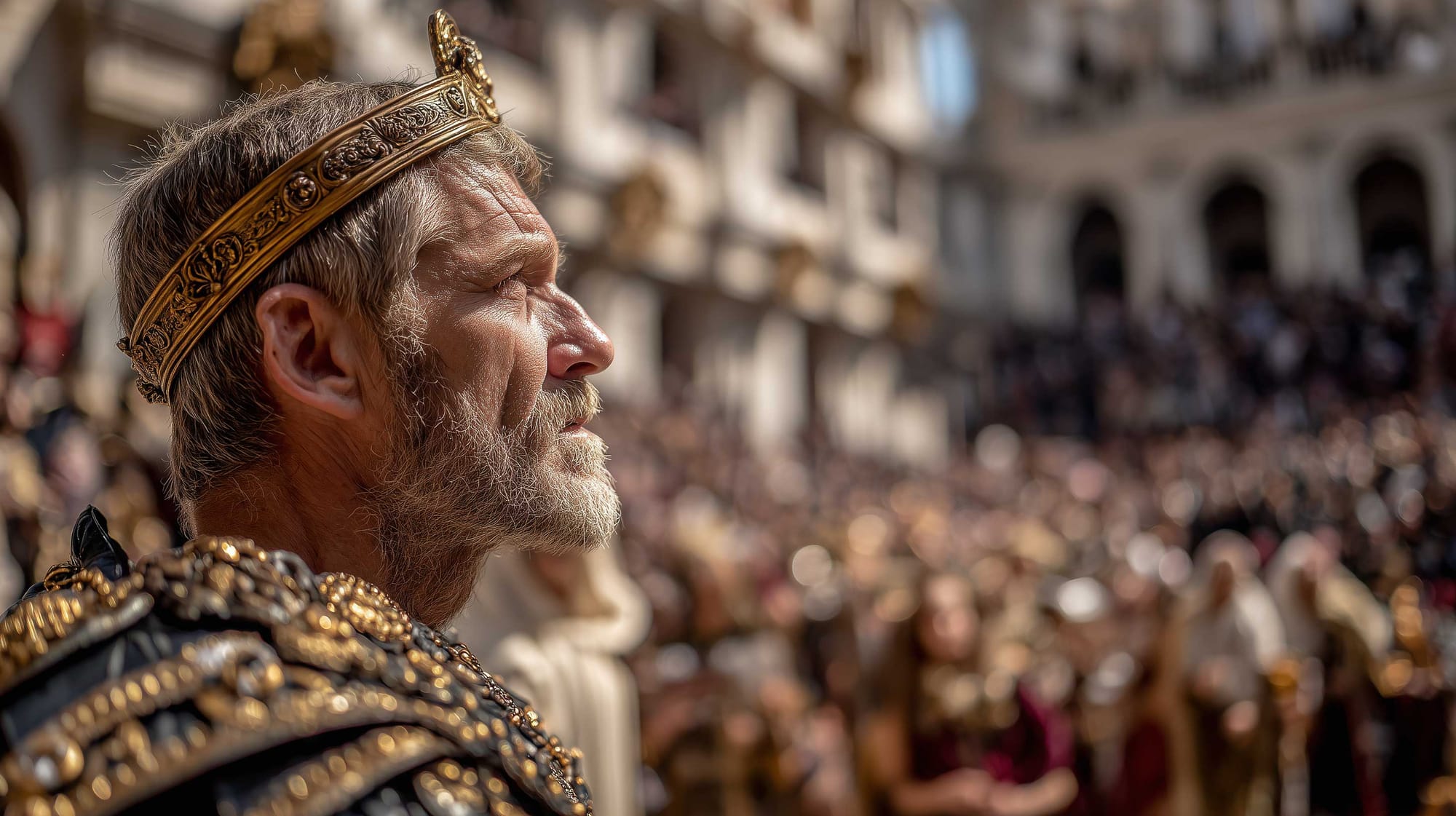
In an age when the Roman world seemed beyond repair, one man rose from the ranks of the army to restore it. Emperor Aurelian, who reigned from 270 to 275 CE, inherited an empire torn by invasion, rebellion, and economic collapse.
Yet within five years, he reunited the provinces lost to breakaway powers, strengthened Rome’s defenses, reformed its coinage, and proclaimed a new divine order under the sun god Sol Invictus. His rule, brief but transformative, marked the moment when the empire began to recover from its deepest crisis—earning him the enduring title Restitutor Orbis, “Restorer of the World.”
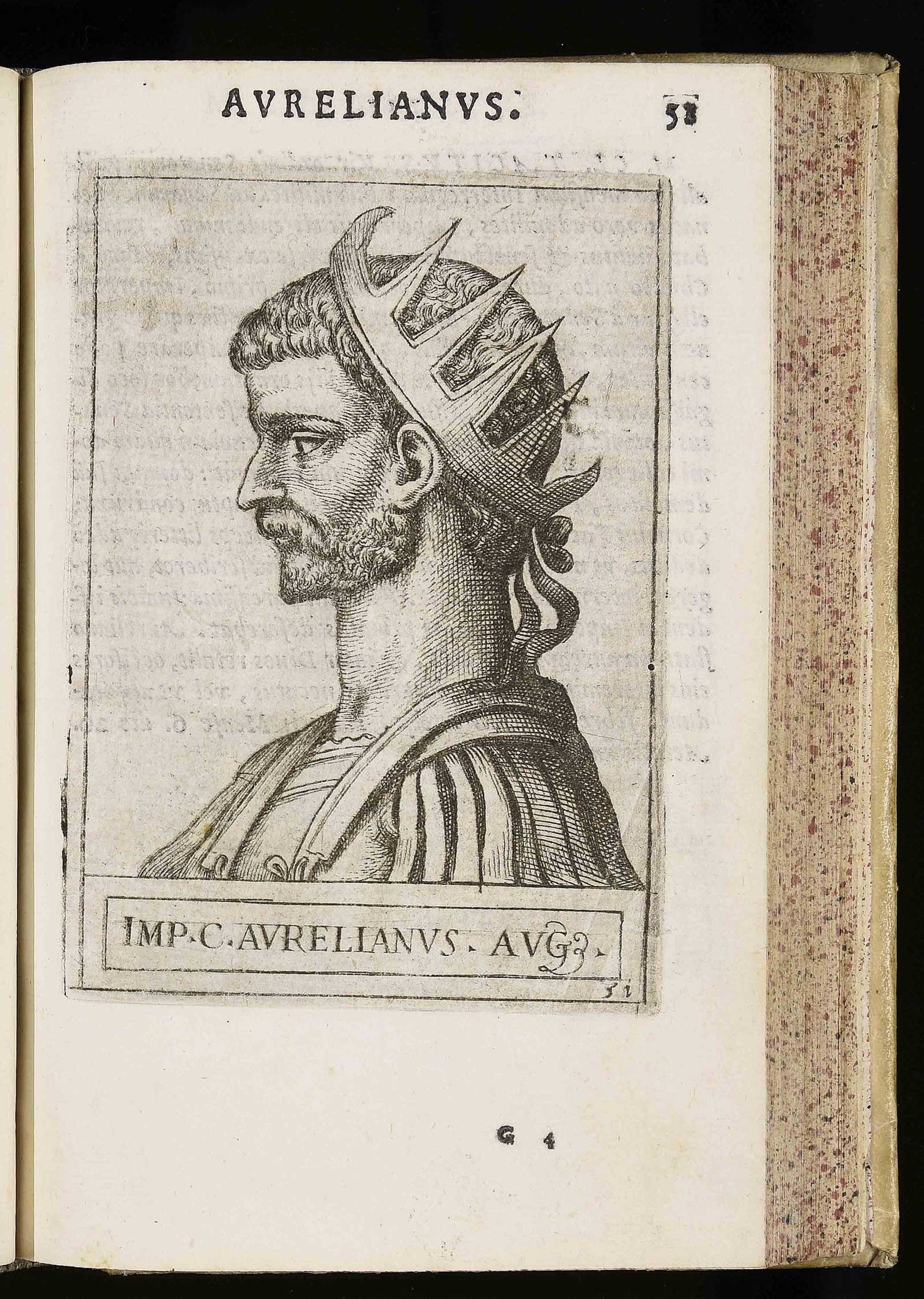
The Empire Before the Storm
In the early third century CE, Rome still appeared unshakable. Its armies guarded a vast frontier stretching from the Atlantic to the Euphrates, its provinces thrived under a shared system of law, and its emperors projected the authority of centuries-old stability. Yet beneath this calm, the mechanisms that had sustained the empire for generations were beginning to fail.
The reign of Septimius Severus offered strength, but it also planted the roots of crisis. To secure his throne, Severus relied heavily on the legions, enlarging their numbers and increasing their pay. The Senate, once the moral center of government, found itself marginalized, while the cost of loyalty drained the treasury. The silver coinage lost its purity, prices soared, and confidence in Rome’s currency faltered.
At the same time, pressures mounted along the frontiers. Beyond the Rhine and the Danube, migrating peoples pushed westward, testing the borders. In the east, the Parthian kingdom fell to the new Sassanid dynasty under Ardashir I, whose ambition and resources far exceeded those of his predecessors. The empire’s enemies had grown stronger just as its internal cohesion began to weaken.
Caracalla’s universal grant of citizenship, meant to broaden taxation, erased the legal distinctions that had once defined Rome’s hierarchy. Soldiers from the provinces no longer saw service as a path to citizenship, and the quality of recruits declined.
When Severus Alexander attempted to restore order through moderation and consultation with the Senate, his restraint only alienated the army. The empire entered the 230s with its borders strained, its economy unstable, and its soldiers restless — an uneasy calm before the disintegration that was to come.
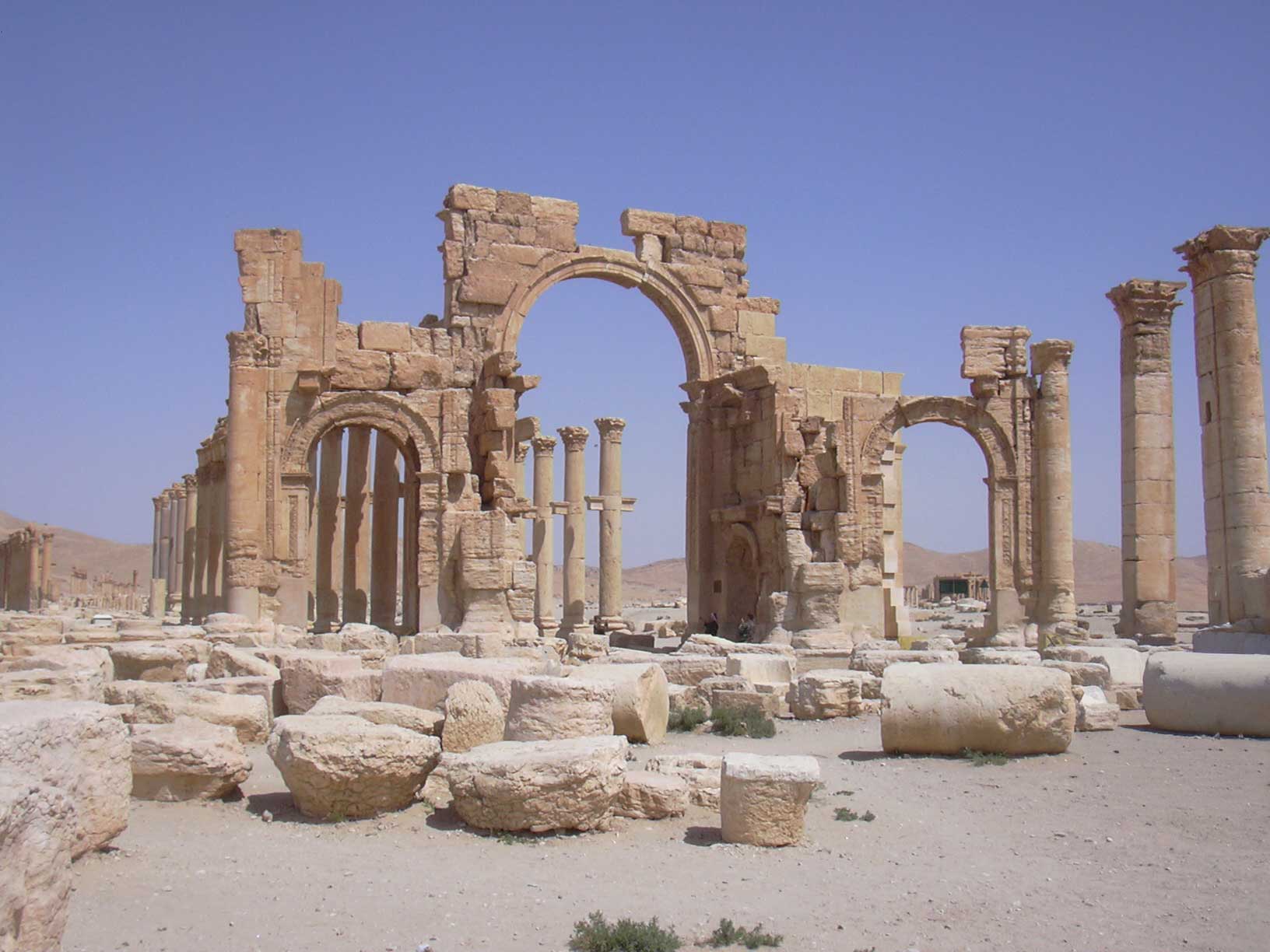
The Age of the Soldier-Emperors
The murder of Severus Alexander in 235 CE shattered what remained of imperial legitimacy. Henceforth, emperors were made not by decree of the Senate but by the will of the troops. The throne became a prize for generals, each ruling only as long as he could hold the loyalty of his legions.
Maximinus Thrax, the first of these military rulers, embodied the new order. A man of humble origin and immense strength, he governed by fear and force. His efforts to secure the loyalty of the army through lavish pay increases crippled the economy and provoked revolts. Across the provinces, governors and landowners raised rival emperors, while the Senate attempted in vain to reassert its authority.
What followed was an age of endless civil war. Armies once stationed to defend the frontiers turned inward against each other, leaving the borders exposed to invasion. The Gordians’ brief uprising in Africa, the Senate’s desperate appointments, and the repeated rebellions of provincial commanders revealed an empire losing control of its own machinery.
Barbarian incursions multiplied. The Goths and other northern peoples crossed the Danube; in the East, the Persians advanced into Roman territory. The constant struggle for power drained men and resources. By mid-century, the empire was fractured into rival realms, its unity preserved only in name.
Amid this chaos, one lesson became clear: the empire could no longer survive through tradition or lineage. Its salvation would depend on the strength of a soldier capable not only of commanding armies but of restoring order — a man who would soon appear in the figure of Aurelian.
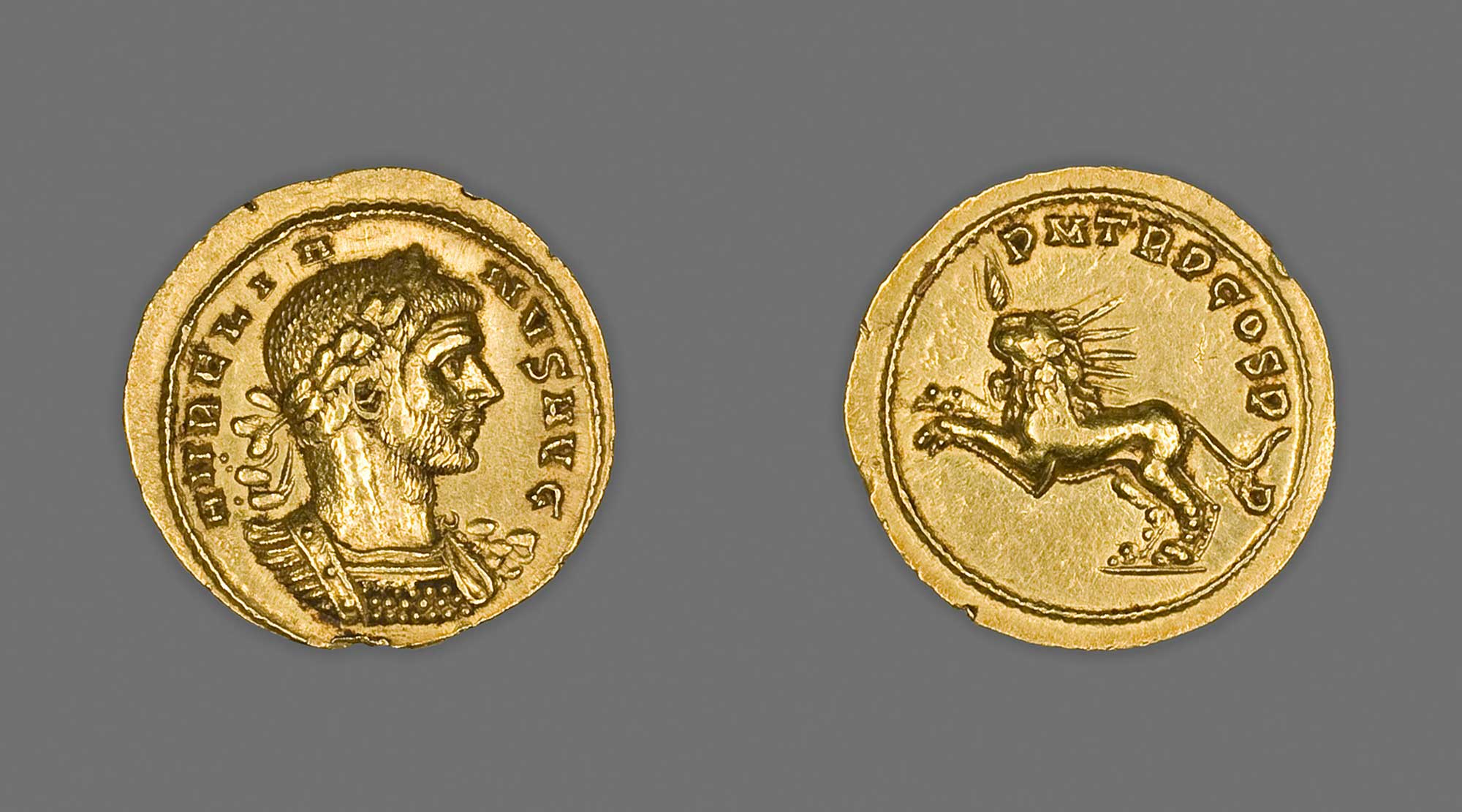
A Glimmer of Recovery
Out of the empire’s long turmoil emerged the first signs of renewal. Gallienus, though embattled on every frontier, began reshaping the army into a more professional and mobile force, ending the Senate’s control over military command. His reforms prepared the ground for stability, even as the empire fractured between the Gallic usurpers in the west and the Palmyrene dominion in the east.
After Gallienus’s death, Claudius II defeated the Goths at Naissus, restoring Roman morale and authority. His brief reign marked the first true turning of the tide. When he succumbed to plague, the throne passed to his fellow soldier Aurelian—who would soon transform recovery into restoration.
From Humble Fields to the Sword’s Edge
The origins of Lucius Domitius Aurelianus Augustus, later known as Aurelian, remain uncertain. The only source for his early years is the Historia Augusta under the name of Flavius Vopiscus, whose reliability has long been questioned. Yet, in the absence of any alternative record, his account—part myth, part memory—remains the sole narrative that survives.
Aurelian was born on 9 September, around 214 or 215 CE, probably at Sirmium in Pannonia, though some traditions place his birthplace further east in Lower Moesia, later called Dacia Ripensis. His family was of humble status: his father a farmhand employed by a senator named Aurelius, and his mother a priestess of the Sun god.
Their modest origins later fed the legend that the future emperor’s rise was foretold by divine signs. Ancient superstition wrapped Aurelian’s infancy in omens. His mother, weary of poverty, is said to have rebuked her husband with the words, “Behold the father of an emperor,” and fashioned the infant’s first garments from a purple cloak once dedicated to the Sun.
An eagle, according to the tale, carried the purple-clad child to a nearby shrine, laying him there unharmed—a symbol that the gods had chosen him. Other stories told of a household snake that wrapped itself around his basin, a creature his mother took as the spirit protecting their home.
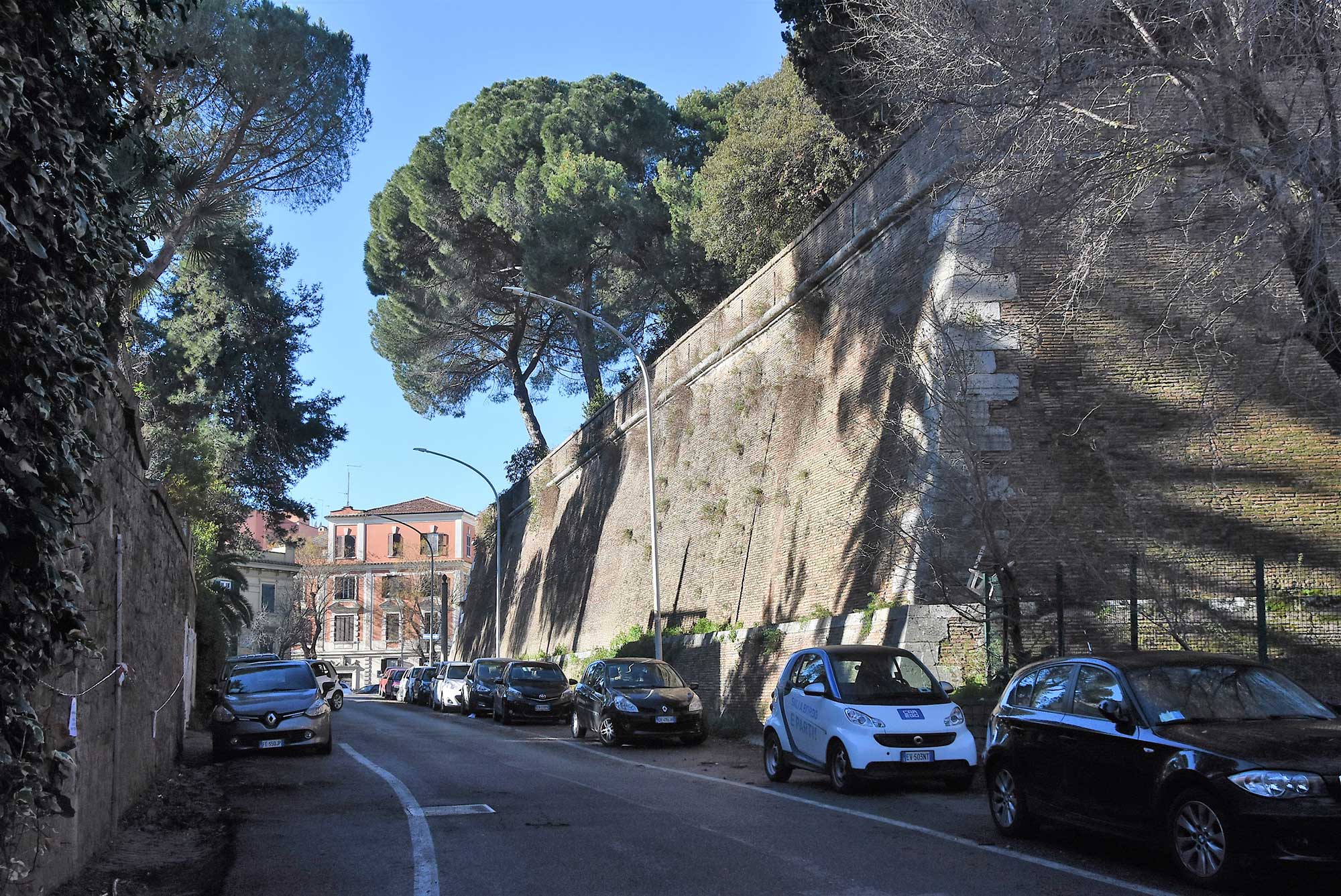
When he reached manhood, Aurelian joined the Roman army, likely around 235 CE, at the close of Severus Alexander’s reign. Described as tall, strong, and commanding in appearance, he quickly distinguished himself in combat.
One early tale claims that he alone struck down hundreds of Sarmatians in a single campaign—an impossible feat, yet one that captures his reputation for ferocity and endurance. Songs were said to have been sung about him, celebrating “a thousand slain.” Behind such exaggerations lay a soldier’s reality: Aurelian’s exceptional discipline, courage, and skill were evident from the outset.
Rising through the ranks, he served as a centurion, then as tribune of the Sixth Legion at Mogontiacum (Mainz), where he fought against the Franks during their invasions of Gaul. Here again, the chroniclers credited him with astonishing numbers of victories, though the achievements likely belong to the legion as a whole. What mattered was his relentless conduct in the field.
His discipline was absolute—so much so that he earned the epithet manu ad ferrum, “hand to the sword,” for his uncompromising severity. He was known to demand order from his men with unflinching precision.
One preserved letter, whether genuine or not, reflects the spirit attributed to him: that soldiers must plunder only Rome’s enemies, maintain their arms and animals with care, and be treated as soldiers, not as slaves. His insistence on moral and material discipline would later define his rule as emperor.
Omens continued to follow him. Once, wounded and unable to ride, he entered Antioch in a carriage draped with imperial purple—a privilege forbidden within city walls. Forced to mount a horse, he was unknowingly given the emperor’s own steed. The episode, like others before it, was taken as a sign of destiny. From such beginnings—half legend, half record—emerged the soldier who would one day restore the empire’s unity.
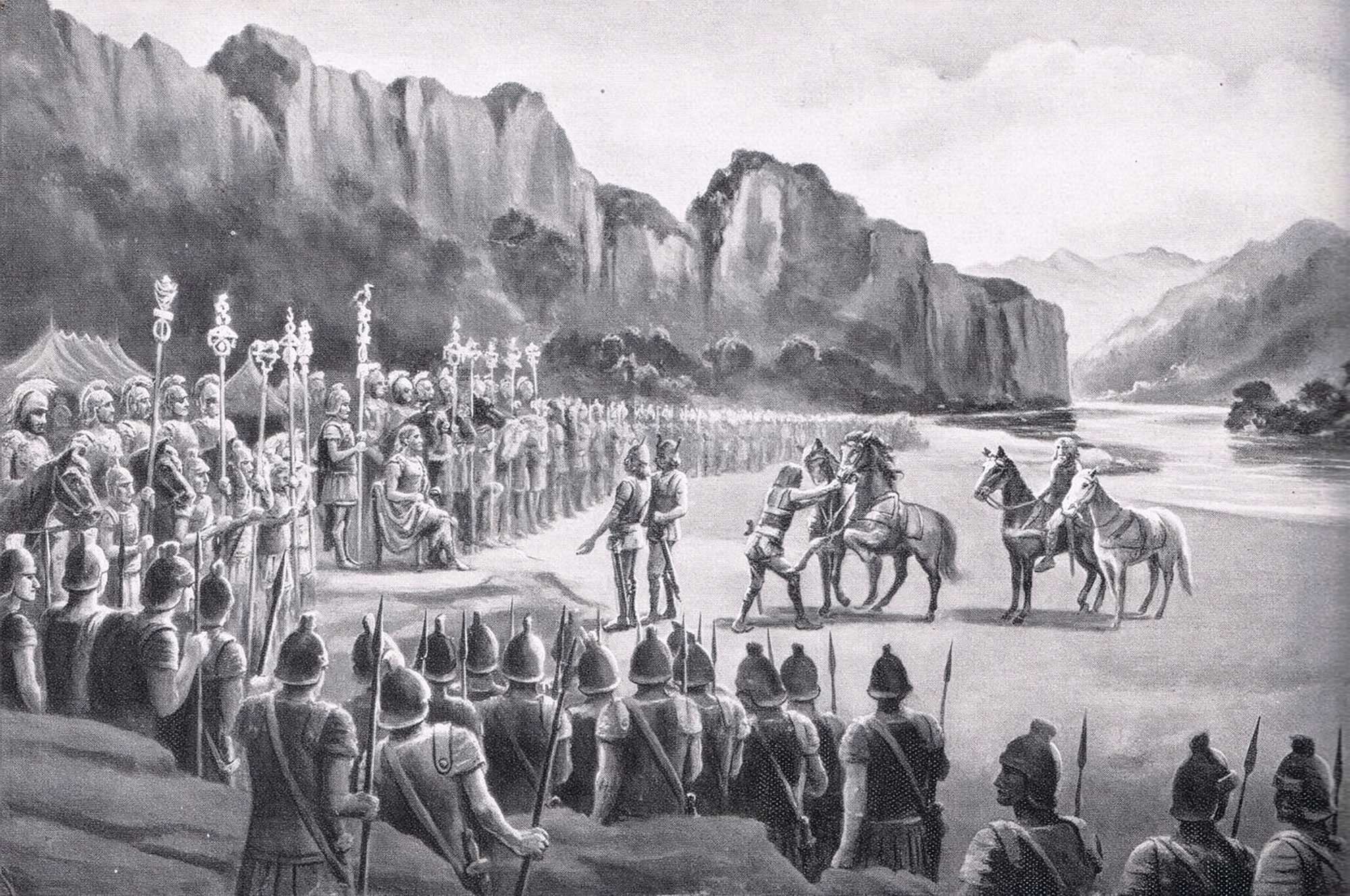
The Rise of a Soldier and the Path to Power
Aurelian’s career advanced steadily during the reign of Emperor Valerian. He likely rose to the post of legion prefect, serving as deputy to senior generals commanding troops on the empire’s frontiers.
His abilities earned him diplomatic and military assignments, including a mission to Persia where he received imperial gifts from the king—tokens normally reserved for emperors—which he dutifully presented to Valerian. His loyalty and distinction brought further promotion to Inspector of Military Camps, along with public recognition and financial support during his stay in Rome.
At this stage, Aurelian became associated with the figure of Ulpius Crinitus, a senator said to have commanded forces in Illyricum and Thrace. Though his existence is uncertain, the narrative describes Aurelian serving under him and later repelling Gothic incursions with independent command.
His victories were said to enrich the provinces with spoils and to provide the emperor with substantial tribute. Crinitus, impressed by his deputy, reportedly adopted Aurelian as his heir and arranged for him to hold a consulship—a symbolic act connecting him to the legacy of the Ulpii, the family of Trajan.
The record then grows obscure. During the reign of Gallienus, Aurelian’s activities are scarcely mentioned. He may have taken part in campaigns against the Gothic invasions or in the suppression of the eastern usurpers, but no certain evidence survives.
With the rise of Claudius II Gothicus, the sources become clearer: Aurelian served loyally under him, commanding legions against the Goths and Heruli in the Balkans. His effectiveness led to his appointment as general of the empire’s heavy cavalry, one of the most prestigious commands of the time.
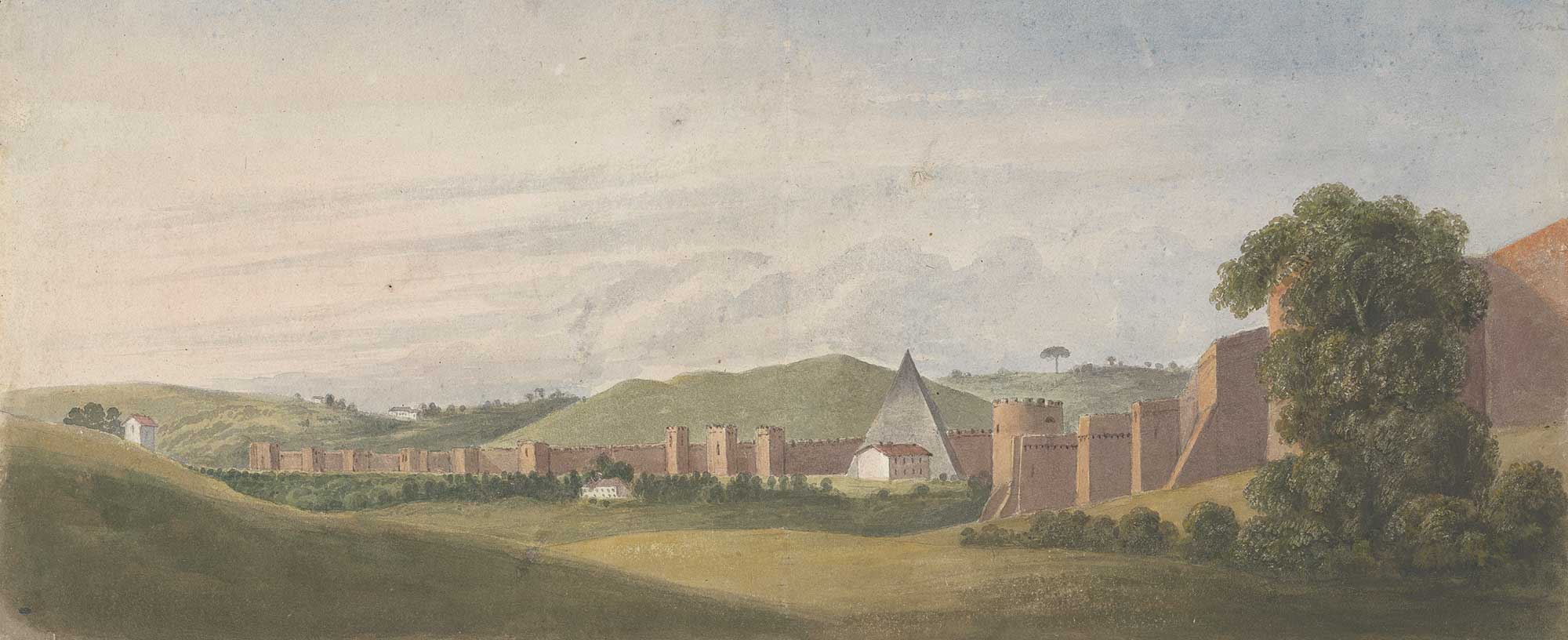
When Claudius died of plague in 270, his brother Quintillus briefly claimed the throne with senatorial backing. Aurelian, commanding in the Balkans, was acclaimed emperor by his troops, who regarded him as Claudius’s legitimate successor.
His victory over the remaining Gothic forces strengthened his claim, and the legions soon deserted Quintillus, whose short reign ended in suicide. By the autumn of 270, Aurelian stood as uncontested ruler of the Roman Empire—a soldier of humble birth who had risen through discipline, loyalty, and the support of the army to the imperial purple.
The Army Aurelian Took to War
By Aurelian’s accession, the legions still fought in the old Roman way—heavy infantry “like a wall,” reserves behind, light troops screening in front—but the striking edge now lay with elite cavalry and agile vexillationes that could be rushed to crises. Against Persia and Palmyra, Rome faced clibanarii, horse and rider sheathed in armour; Heliodorus describes them:
“enclosed completely in a single, tight-fitting helmet with only two openings for the eyes,”
charging
“like a man made of iron.”
Their weakness was weight and momentum. Aurelian’s answer was practical: shock them, unhorse them, and let disciplined infantry and mobile cavalry finish the work.
Money and order shaped behavior. Real pay had collapsed in debased coin, so the state made good in rations, kit, and donatives—but temptation bred indiscipline. Aurelian’s hallmark was to re-impose strict control: guarded pay chests, daily fortified camps, plunder only on command, proceeds shared across the ranks.
On the field, doctrine was simple and relentless: hold formation, wear the enemy with missiles, commit cavalry at the moment of disorder, and never let the infantry wall dissolve in pursuit—the light troops and horse did the chasing. The result was a still-Roman army, modernized by crisis and made lethal again by command, timing, and discipline.
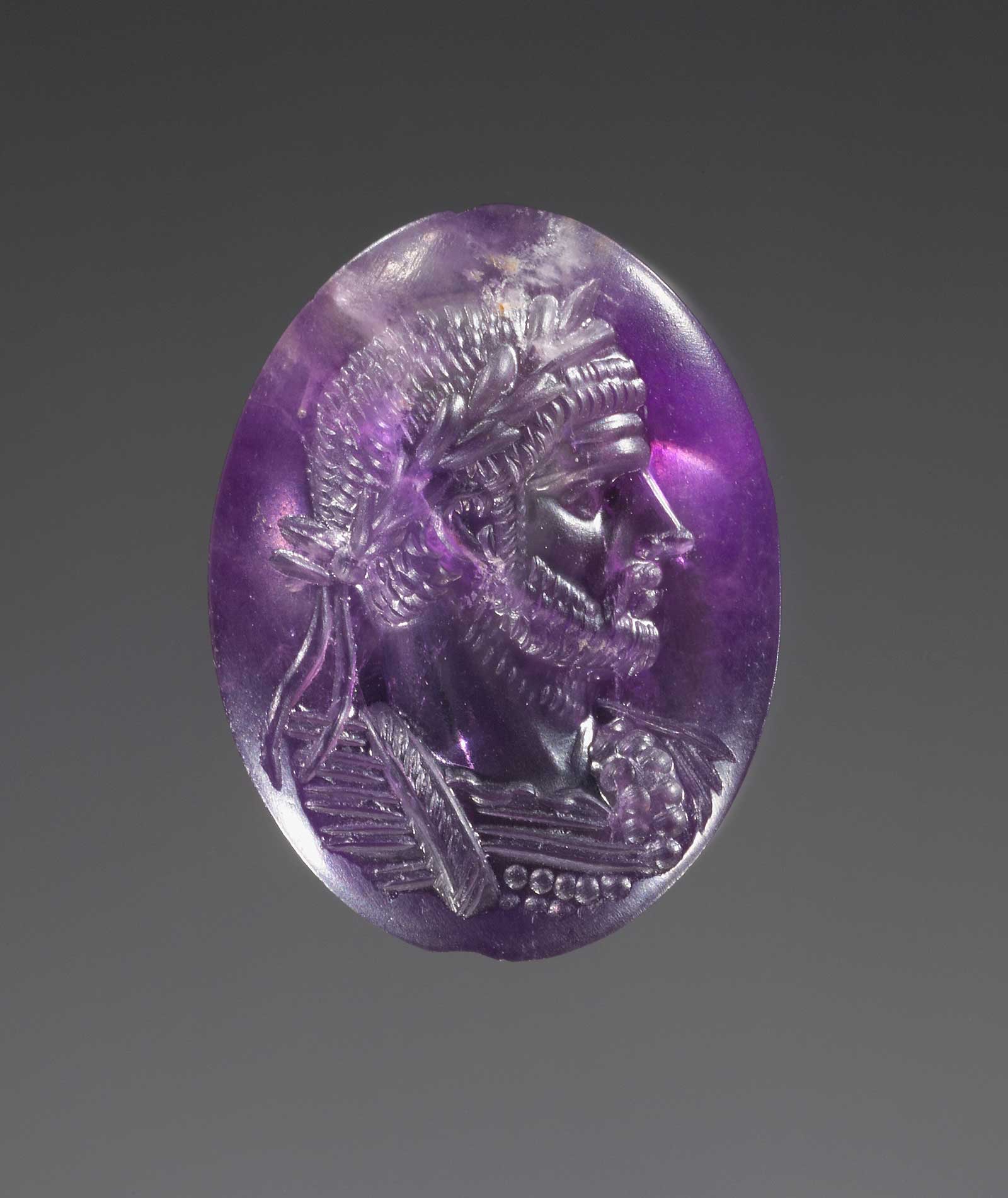
Seizing the Purple, Facing the Fire (late 270–271)
After Quintillus’ death, Aurelian was swiftly acknowledged across Rome-loyal mints (Cyzicus, Siscia, then Mediolanum and Rome). He met senators at Ravenna (Nov. 270) aiming for cooperation and a shared consulship with T. Pomponius Bassus. Asked how to rule well, the advice was: “Make use of gold and iron.”
He then beat back rapid northern threats in sequence: ambushed the Juthungi as they recrossed the Danube; crushed Vandals in Pannonia (winter 270/271)—polling his exhausted troops, who chose clemency; and checked Germanic bands driving toward Rome, culminating in victory near the Metaurus (Fanum Fortunae), commemorated by inscriptions at Pisaurum and Fanum calling him invictus and “of eternal victory.”
Aurelian suppressed the mint-workers’ revolt on the Caelian (heavy fighting; mint halted), then punished elite backers: a few senators executed and estates seized. The man who urged “gold and iron” “tasted the iron of his own recommendation.” From his bed, M. Nummius Albinus said:
“If the Fatherland is well, to be sure I will die unwillingly… if otherwise, I die gladly.”
Usurpers—Septimius, Domitianus, Urbanus—briefly surfaced and were extinguished. Pattern: swift force, then consolidation.
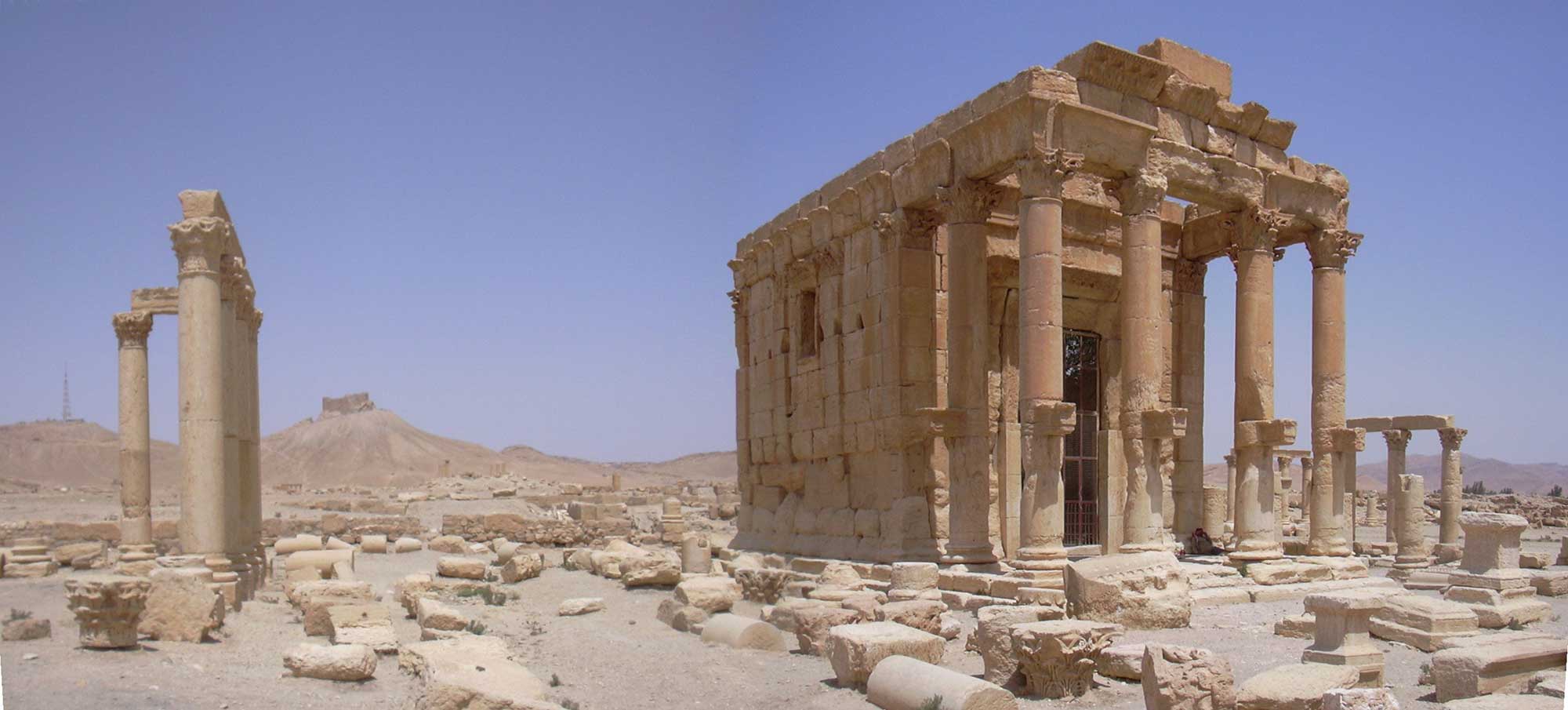
Aurelian restored order with conservative instincts: honor the Senate when loyal (consulship with Bassus on 1 Jan. 271), punish corruption, enforce strict accountability. Ancient sketches show a fiery, frugal ruler (red wine, fasting when ill). Command continuity and formations tied to the Protectores Aureliani Augusti point to a trusted cadre bound by discipline and personal loyalty.
With Rome, the Gallic Empire, and Palmyra dividing the legions, strategy pointed east: recover wealth and grain to stabilize the West. He began the Aurelian Walls, repaired roads, and left the pomerium unchanged.
En route east, Aurelian beat back fresh Gothic raids in Thrace/Balkans, then made the hard call to evacuate Trajan’s Dacia north of the Danube. Willing civilians and troops were resettled south, forming Dacia Ripensis (later subdivided). Prestige dipped, but defenses and manpower concentration improved; a mint opened at Serdica. Administratively, the frontier was rationalized—even as some inhabitants remained north of the river.
Aurelian moved through Thrace into Syria, beat Palmyrene forces near Immae (Antioch) and again at Emesa, and took Palmyra, sparing the city on submission. In Egypt he expelled Palmyrene garrisons to secure the grain supply. A second rising at Palmyra brought a harsher return; the revolt was extinguished and the eastern settlement held. With Syria and Egypt restored and the treasury replenished, he turned to the West.
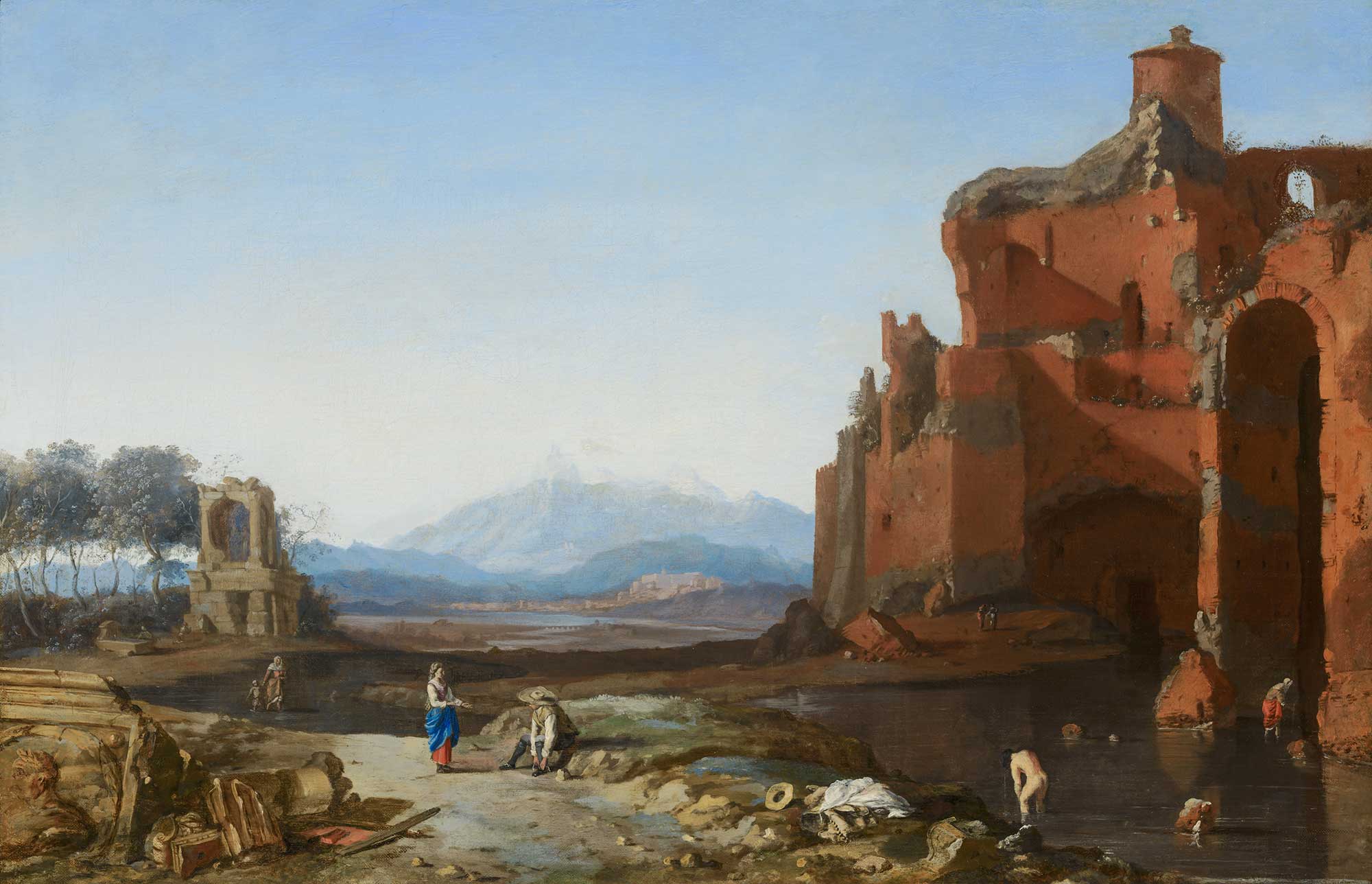
Restitutor Orbis
After defeating Palmyra in the East—recovering Egypt and Syria—Aurelian turned west and finished the work of reunion. Spain was already back; Gaul and Britain followed when Tetricus capitulated and the Rhine line was reset with disciplined garrisons and repaired towns.
He rebuilt Cenabum as Aureliani (Orléans), kept useful Gallic officers in post, and curbed frontier temptations by closing the Trier mint and reopening Lugdunum. With the empire whole, he assumed the earned title Restitutor Orbis and celebrated a triumph in Rome.
To bind the restoration, he raised Sol Invictus as the state cult, consecrated a grand temple, endowed new games, and stamped the Sun across imperial coinage. Milestones and inscriptions from his final years present a settled message—recovered provinces, secure roads and defenses, and a unity made durable by reform. (The Roman Emperor Aurelian. Restorer of the world, by John F. White)
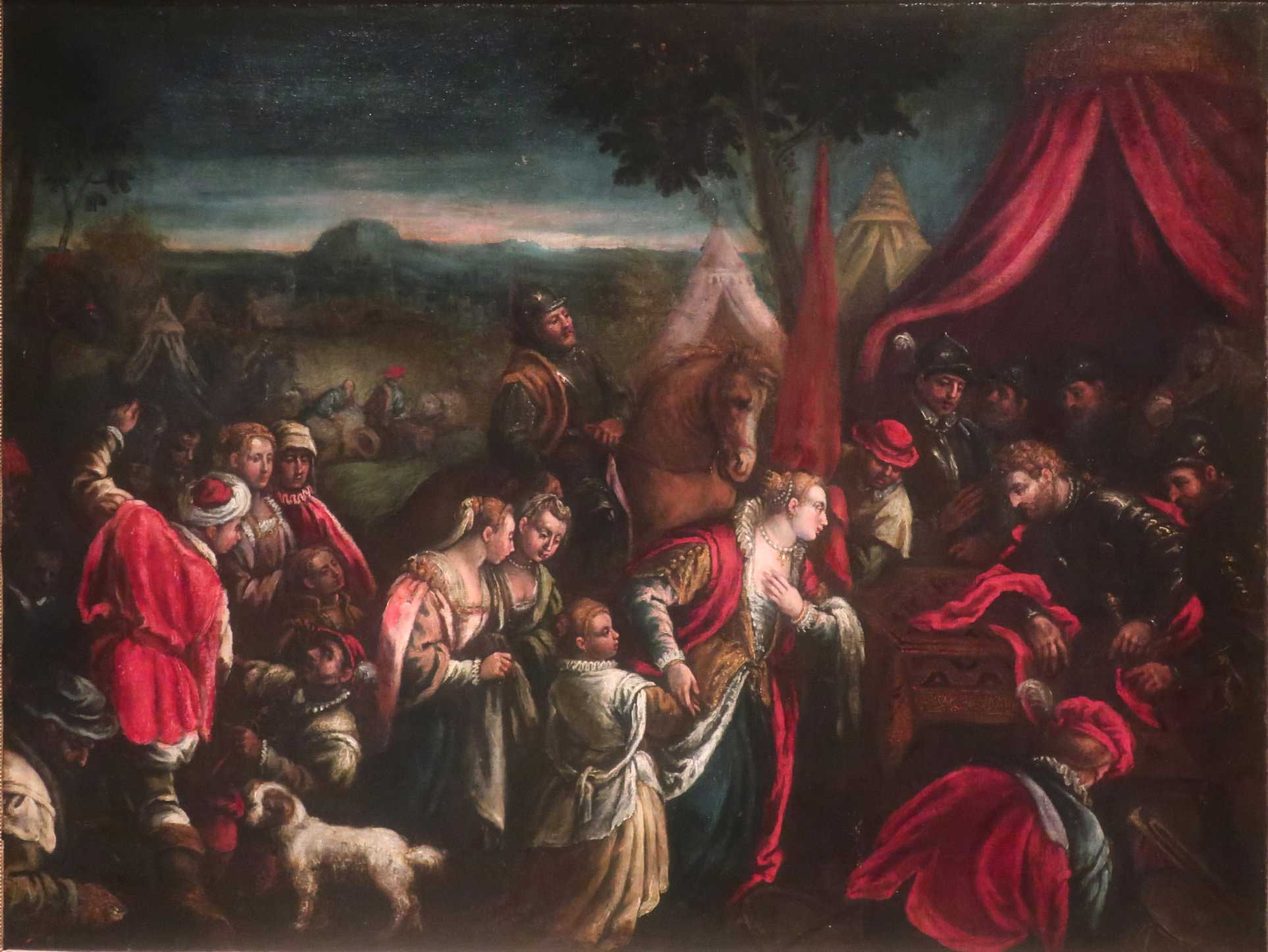
Arbiter, Not Persecutor
At Antioch, Aurelian settled the dispute over Paul of Samosata by ordering the church premises handed to those “in communion with the bishops of Italy and Rome,” a first clear instance of imperial arbitration inside the Church—more stabilizer than scourge.
Later Christian writers cast him on the brink of repression. Lactantius claims
“his bloody edicts had not yet reached the more distant provinces,”
while Eusebius says Aurelian was
“just on the point”
of signing decrees when
“divine Justice”
intervened. No dates, no texts—just rumor fitted to providential narratives. In a reunited but fragile empire, Aurelian’s policy aligned with order: quiet cities, reliable allies, and no self-defeating crusade. (Some Thoughts on the Emperor Aurelian as “Persecutor”, by Patrick Hurley)
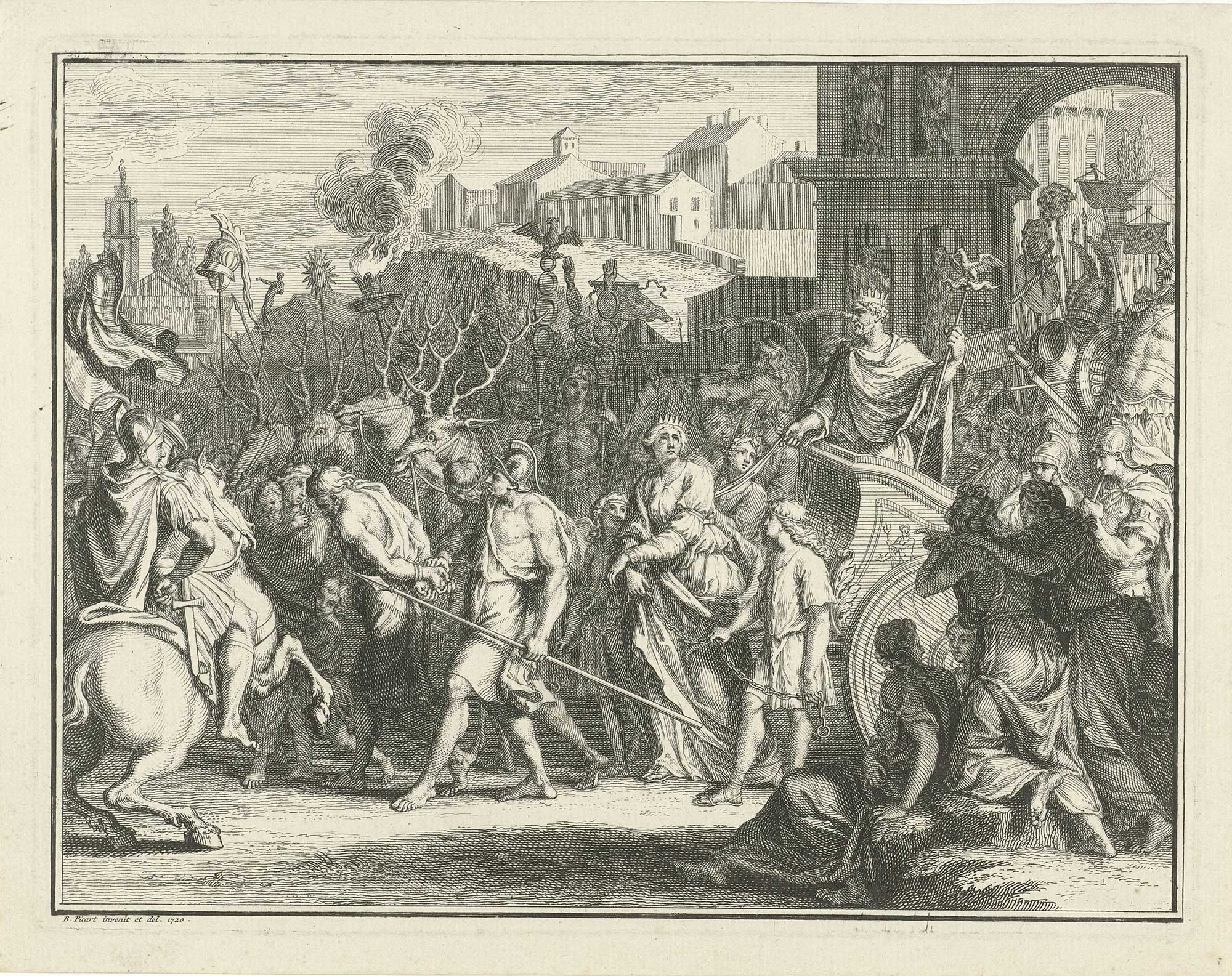
Sun Made Roman: Aurelian’s Sol Invictus
Sol Invictus—the Unconquered Sun—was a state-backed solar cult that blended Rome’s traditional Sol with eastern solar traditions (Helios, Baal), presenting the Sun as the supreme guardian of the empire rather than an exclusive, monotheistic deity.
Its worship was public and civic—temple sacrifices, priestly colleges, and circus games (including the Dies Natalis Invicti on 25 December)—meant to bind soldiers and citizens under a single protective power. In Aurelian’s program, other gods were subsumed under Sol’s radiance, a Roman syncretism that crowned tradition instead of replacing it.
Aurelian didn’t import an eastern cult whole; he Romanized the Sun and set it at the center of a reunited state. He proclaimed Deus Sol Invictus the empire’s chief protector (274), pushed the formula “Sol Dominus Imperii Romani” on coinage, and used imagery where the Sun crowns concord between emperor and empire—an explicit program of unity through a single, syncretic god.
He built a new state temple to Sol on the Field of Mars (Regio VII), lavishly endowed with gold, gems, textiles (much of it Palmyrene booty), and lined with porticoes that even stored fiscal wine—a public, not private, cult space. Inside, he placed images of Helios and Baal and other deities to signal that Sol summed their powers—a Roman syncretism, not Elagabalus’ supremacy of one foreign god. Dedication rites were solemn and respectable, stripped of the Syrian excesses that had once scandalized Rome.
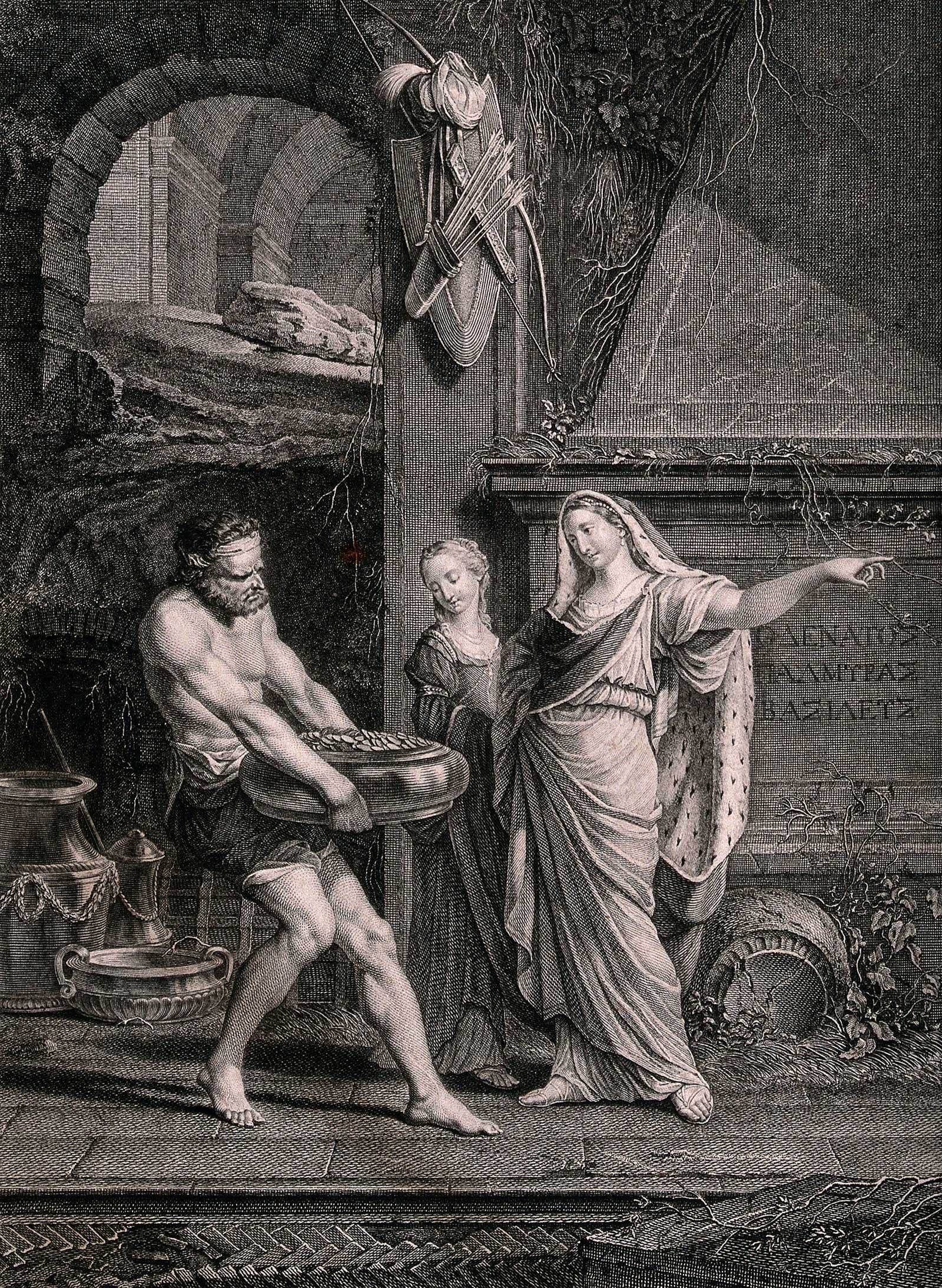
To make the Sun’s cult feel Roman in practice, he instituted the Agones Solis, quadrennial games, and fixed 25 December (Dies Natalis Invicti) with thirty circus races; other Sol-games ran in October—probably the anniversary of his reform. This calendarization, priestly colleges (pontifices Dei Solis drawn from senators), and circus culture anchored Sol in Roman civic life.
Politically, Sol made the monarchy intelligible: the emperor as Sol’s chosen, even styled “Deus Aurelianus et Dominus” on celebratory issues, with the diadem and jeweled cloak as public insignia. The message was clear—one empire, one leader, one guardian god—which is why the program outlived him (Probus and later rulers kept backing Sol). (The cult of Sol Invictus, Etudes preliminaires aux religions orientales dans l’ empire Romain. Publiees par M.J Vermaseren, Tome Vingt – Troisieme, Gaston H. Halsberghe)
Aurelian fell to assassination on the road at Caenophrurium in 275, the work unfinished but the direction unmistakable. The empire he left was smaller in theory yet stronger in fact: frontiers rationalized, roads and walls renewed, coinage on the path to order, the army drilled back to discipline, and a state cult that spoke a single language of unity. Deified by a grateful Senate, he was remembered not for promises but for results—the soldier who made recovery possible and gave later emperors something solid to govern.

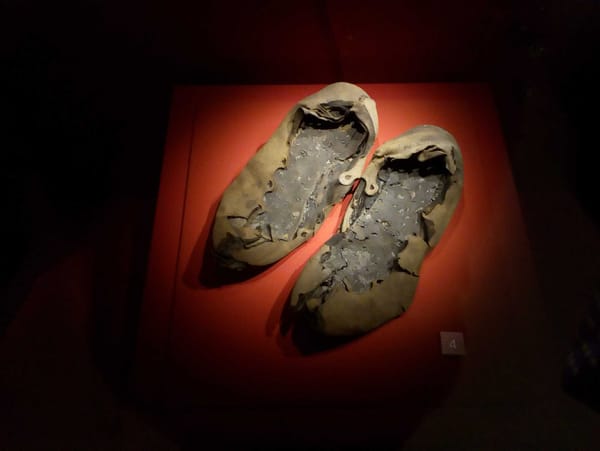
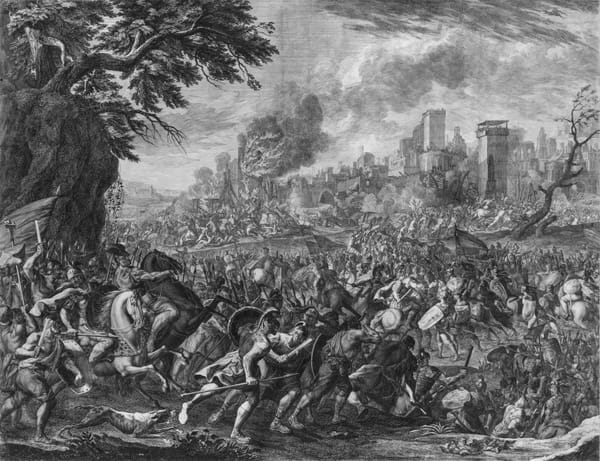
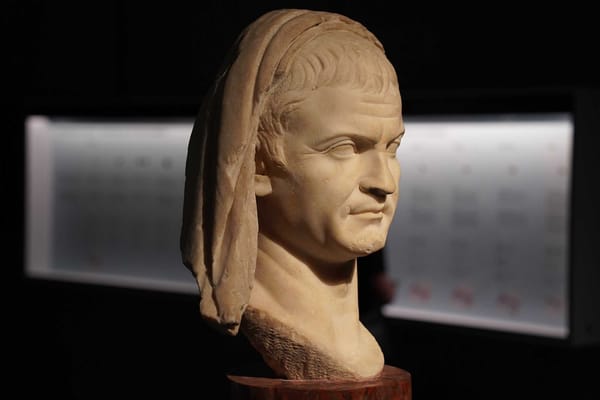

About the Roman Empire Times
See all the latest news for the Roman Empire, ancient Roman historical facts, anecdotes from Roman Times and stories from the Empire at romanempiretimes.com. Contact our newsroom to report an update or send your story, photos and videos. Follow RET on Google News, Flipboard and subscribe here to our daily email.
Follow the Roman Empire Times on social media: